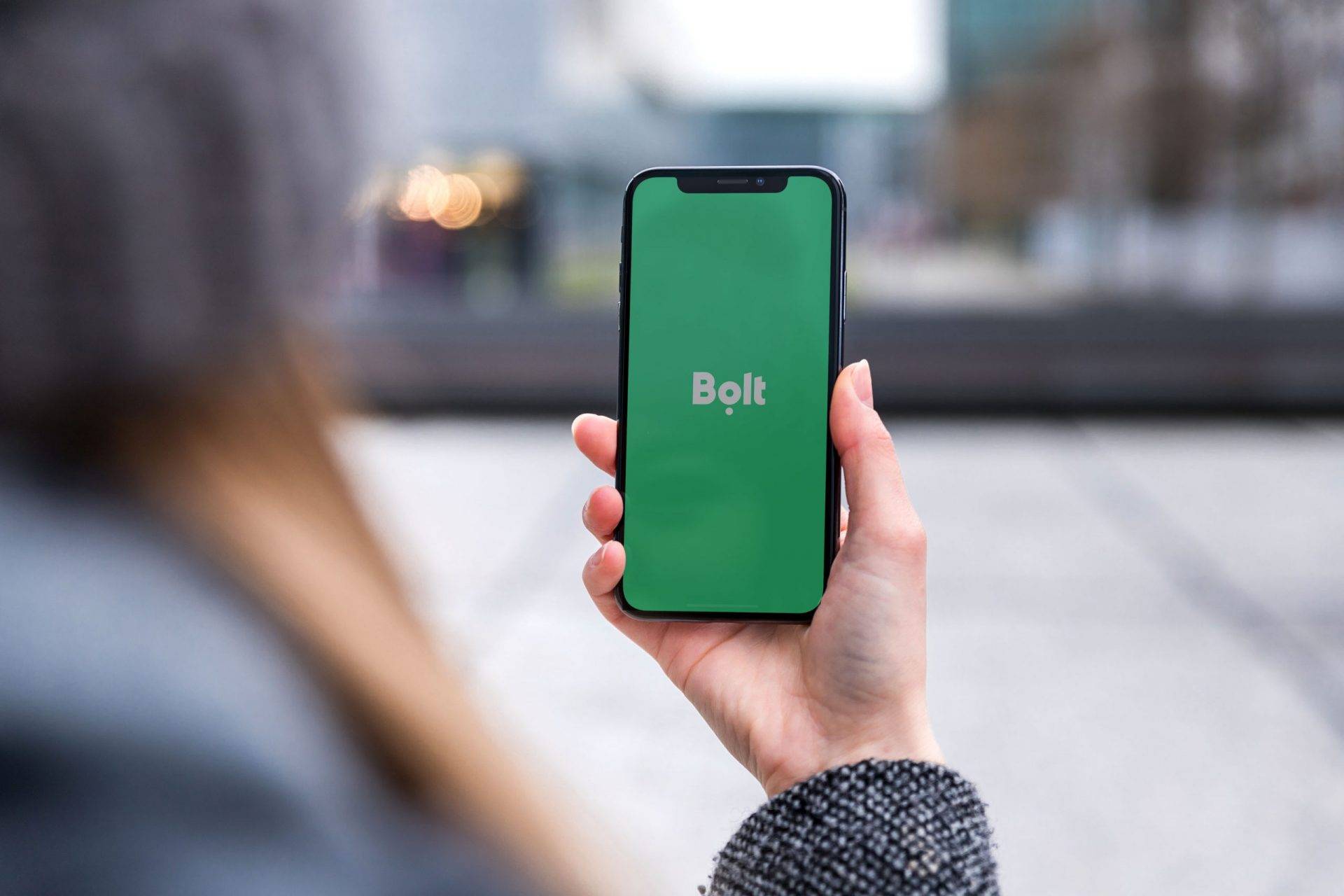In The Praises About Africa’s Ride-Hailing, There’s One Conspicuous Absentee

Of recent, a lot of startups have shown interest in the transport – and logistics – sector in Africa. The continent’s 1.2 billion people, which is set to double by 2050, presents a great opportunity for players in the market. North, East, and West Africa have had their fair share of launches and venture capital deals for ride-hailing startups. All along, South Africa seems to be missing in action.
Catalyzing Capital
In Nigeria, the hotspot for ride-hailing startups, promise has been shown for mobility. In Lagos, there are three bike-hailing startups – Max.ng, GoKada, and ORide. Thanks to increased internet penetration, these firms’ ambitions to digitize the city’s transport share have been backed by a series of investors.
In a Series A round led by Novastar Ventures with participation from Yamaha, Max.ng raised USD 7 Mn, the largest-round for a bike-hailing startup in Nigeria. The investment brought the total amount raised to USD 9 Mn. Around the same period, bike-hailing rival GoKada landed USD 5.3 Mn in a Rise Capital-led Series A.
The bus-hailing and cab-hailing sectors are not left out. PlentyWaka, an offshoot of the agtech known as FarmCrowdy, launched a while back. While temporarily suspending it’s bus-hailing service OBus, OPay has launched a new cab-hailing service, OCar. On the back of a recent USD 120 Mn funding from Chinese investors, the startup’s looking to break the Uber-Bolt Duopoly in Nigeria.
From Uganda comes the story of SafeBoda. It’s unspecified Series B round closed earlier this year was co-led by the venture arms of Germany’s Allianz and Indonesia’s Go-Jek. The said expansion of the service to Lagos is still unrealized. Possibly for the same reasons, Dubai-headquartered Swvl is yet to touchdown the commercial nerve.
North Africa’s TemTem broke records with its USD 4 Mn Series A. The money which brought the startup to a USD 5.7 Mn total was the largest ever Series A for Egypt. Bus-booking startup Swvl landed USD 42 Mn to double down on operations. This was the largest ever single round raised by a startup in the MENA region.
Why Less Investments?
Ever since carpooling startup Jumpin Rides announced its USD 17 K raise, the South African e-hailing sector has been seemingly MIA if Uber and Bolt are excluded. But the competition in the industry is not so quiet. Russian player, InDriver, recently expanded to the market.
In September, CheufHer, a ride-hailing service that connects females drivers with females passengers, was launched in Cape Town. There is also Yokoo, which claims to offer fares 40 percent cheaper than Uber and Bolt.
According to Statista, the revenue in the ride-hailing segment amounts to USD 314 Mn in 2019. This is expected to grow at a rate of 18.4 percent, resulting in a market volume of USD 616 Mn by 2023.
Technically speaking, South Africa is a massive market for ride-hailing, even though it seems partially tapped. In terms of population, Johannesburg is nearly four times the size of Kenya. Nonetheless, there has been a lot more venture capital coming into Nigeria, Kenya, and Egypt.
Mostafa Kandil, co-founder and CEO of Swvl – an Egyptian bus-hailing startup – says that South Africa’s ride-hailing sector is receiving less investment mostly because of the state of transportation in other countries where ride-hailing is becoming the darling of local and international VCs.
“It is common knowledge that Kenya and Nigeria lag behind South Africa in infrastructure. And I think the underlying logic is that the more lacking the state of infrastructure, the more attractive the market is for innovation. Just to give an example, Kenya’s population grew from around 38m to around 48m today.
That is about 25 percent growth in 10 years. So suddenly you have to move 25 percent more people. You have to move 25 percent more goods. And you need to make an almost matching investment into infrastructure. It is just not sustainable. And this problem creates the perfect environment for newer, innovative ways to move goods and people,” Kandil told WeeTracker.
No Need?
Indeed, South Africa has one of the best transportation systems in Africa. The administration of Cape Town has relentless work to upgrade public transport facilities. For example, Joburg’s bus rapid transit system, Rea Vaya, has saved the country up to USD 890 Mn so far.
One of the continent’s first public bus systems, it has reduced travel time, doubled down on road safety, and reduced carbon emissions. According to reports, such systems could possibly save the world’s urban cities as much as USD 17 Tn between now and 2017.
It is pretty much common knowledge by now that Lagos traffic costs the city’s economy NGN 4 2 Bn (over USD 155 Mn) every year. Though the Nigerian transport system is one of Africa’s best, there is still plenty of room for improvement, more than that present in South Africa.
Productivity is impacted in three ways by the menace of traffic congestion, according to the International Review of Management and Business Research (IRMBR) journal, and one of these ways is “by increasing unit costs through loss of opportunities for scale economies in production and delivery processes.”
“The commuter market of S.A alone is in the regions of 3-4m trips a day. Assuming 4m Nairobi population and 50 percent of adult, and hence to and from work commutes, and of course adjusting for the proportion of motorized trips versus non-motorized.
The current ride-hailing industry doesn’t even do anything close to that number. It is a very small proportion that we have been able to capture so far. So yes, there is room for more players,” Kandil added.
Featured Image: Emerging Europe